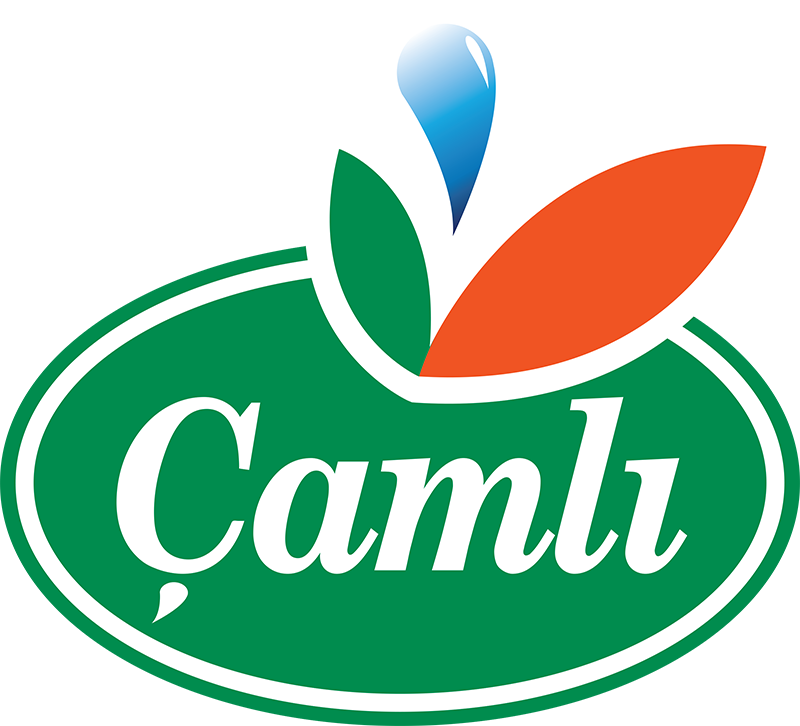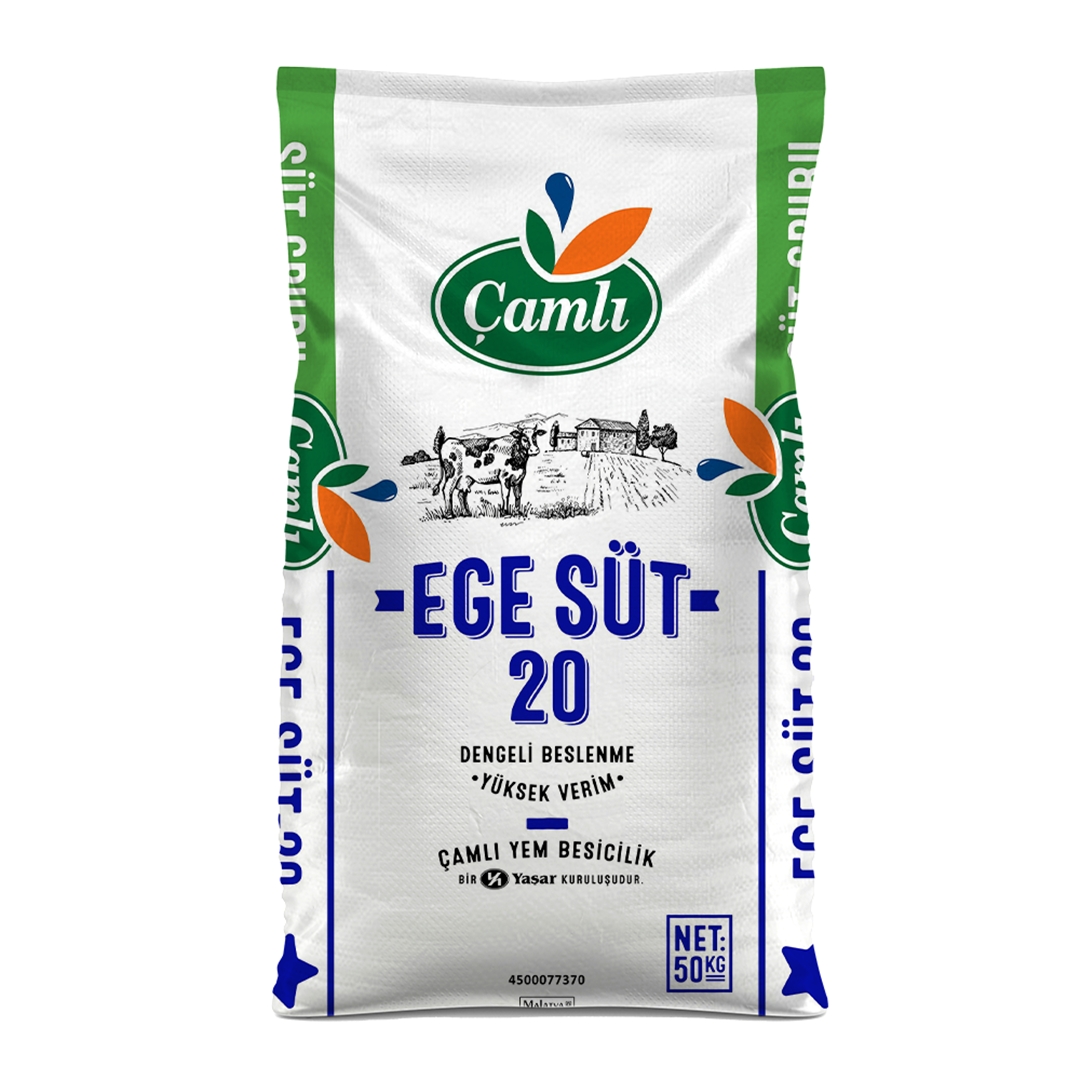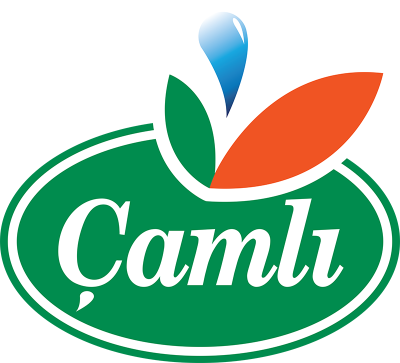Features
- It is tasty and consumed eagerly by animals.
- An economical feed specially designed for farm profitability.
- Suitable for use with grain (barley, corn) feeds due to its appropriate protein composition.
- A balanced feed providing energy, protein, vitamins, and minerals required by dairy cattle.
- Positively affects milk quality.
- Increases dry matter intake, which typically decreases after calving
Important Information
- Lactating animals should have access to clean and drinkable water 24 hours a day.
- Lactating animals must have access to fresh feed 24 hours a day. They need to consume dry matter amounting to 3-4% of their body weight daily (this varies depending on climate, housing conditions, milk production, etc.).
- To maintain healthy rumen activity, lactating animals need to consume good quality roughage (such as alfalfa hay, dried oat hay, barley straw) equal to 1% of their body weight daily.
- In free-stall housing systems, lactating animals require 1 m² of dry bedding area per 100 kg of live weight, plus twice that area for exercise.
- Each lactating animal needs at least 80 cm of feeding space. If a lock system is used, keeping 10% of the feeding spaces empty helps shy animals access feed comfortably.
- We must avoid changes greater than 3% in the dry matter content or nutritional components of the ration consumed daily by lactating animals.
- Lactating animals should be housed and fed separately based on production level, number of milking days, and lactation number.
- Milking procedures for lactating animals should be managed meticulously.
- Periodic maintenance and preventive care for lactating animals should be conducted according to a set protocol.



